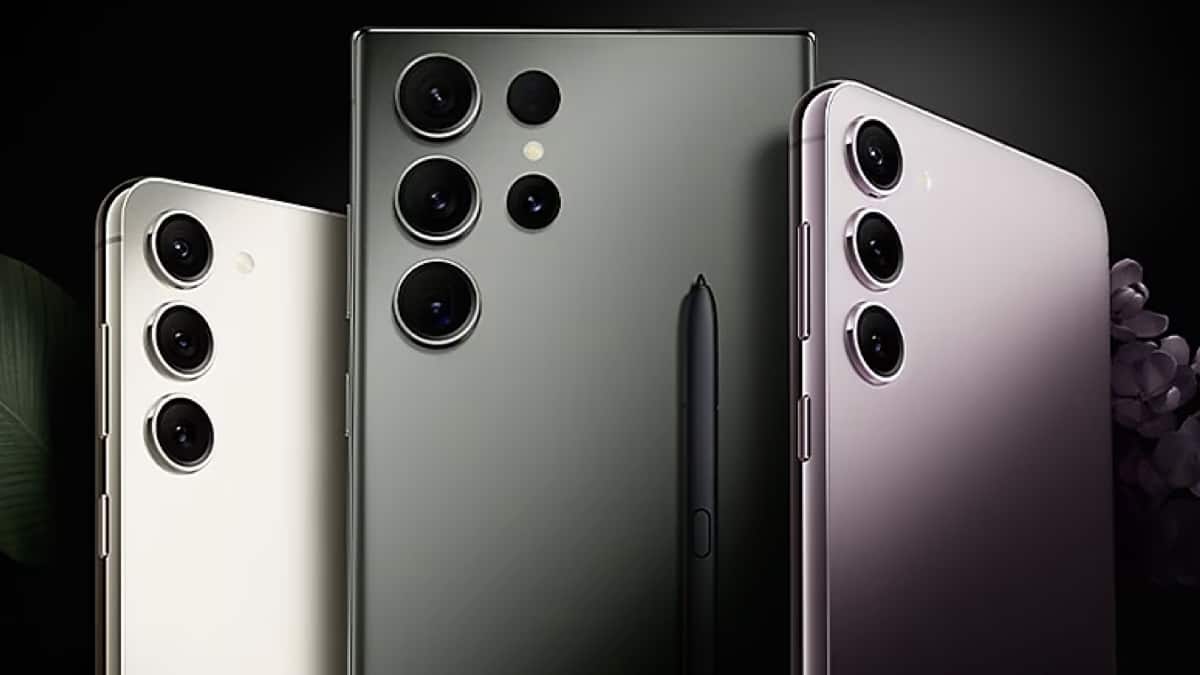Is the Galaxy S23 AMOLED?

Table of Contents
Many Samsung fans are asking, is the upcoming Galaxy S23 AMOLED? As Samsung unveiled its latest flagship smartphone this February, we witnessed the debut of some epic brand-new features. So, let’s have a look at the new display.
Similar to Samsung’s previous flagship model, the S22, the new Galaxy S23 does have an AMOLED display. A Dynamic AMOLED 2X Infinity-O Display to be exact. The smartphone features beautiful realistic colors, excellent image quality, and a bright adaptive display.
According to Samsung, the new screen will be able to achieve a peak brightness of 1,750 nits which will improve the contrast between light and dark elements of digital content.
But, that’s not all. The smartphone will also feature a 3,000,000:1 contrast ratio, creating a more “immersive” experience for its users. Are you unsure of the true meaning of AMOLED? Keep reading to find out more.
What is Samsung AMOLED?
Samsung’s AMOLED is a revolutionary display technology. AMOLED is actually a type of OLED screen that provides more advanced features. Such as a thinner more flexible design, and faster refresh rates than a traditional OLED display.
An AMOLED screen has other benefits, including higher color contrast, intensive color gamut, and reduction in blue light. Samsung has actually transitioned out of using traditional AMOLED screens in their smartphones. Replacing them with their very own Super AMOLED display.
Super AMOLED is much more sophisticated. It sets itself apart by integrating the touch screen directly into the display, a feature not on the first-generation AMOLED.
It also has a more enhanced image quality, providing a more vivid, responsive display that can adjust to different environments. This type of screen is currently the best on the market and is already on the Galaxy S22.
Galaxy S23 display
Each year Samsung brings us the best new displays the industry can offer. With the recent release of the Galaxy S23 series, the tech giant will most likely do even better.
Samsung has announced that the S23 will have a 6.1-inch Flat FHD+ Dynamic AMOLED 2X Infinity-O Display, HDR10+, with up to 120Hz refresh rate. You’ll be happy to know that HDR10+ is recognized by many popular streaming sites, meaning you can stream videos easily at up to 1080p.
Which is better OLED or AMOLED?
AMOLED is actually a type of OLED screen that provides more vibrant and vivid images. Typically, AMOLED screens are considered better due to the fact that they are more energy efficient, have faster refresh rates, and have better video quality than OLED.
Does AMOLED last long?
Unfortunately, AMOLED screens are prone to degradation. Generally, they can last between five to eight years assuming you are using your smartphone for roughly twelve hours a day.
Final Thoughts
So that’s all we know about the Galaxy S23’s display so far. Samsung already has the Galaxy S23 pre-order list up on their website. To find out how to join and bag yourself a $50 saving, read here.
- NOW READ Is the Galaxy S23 memory expandable?
